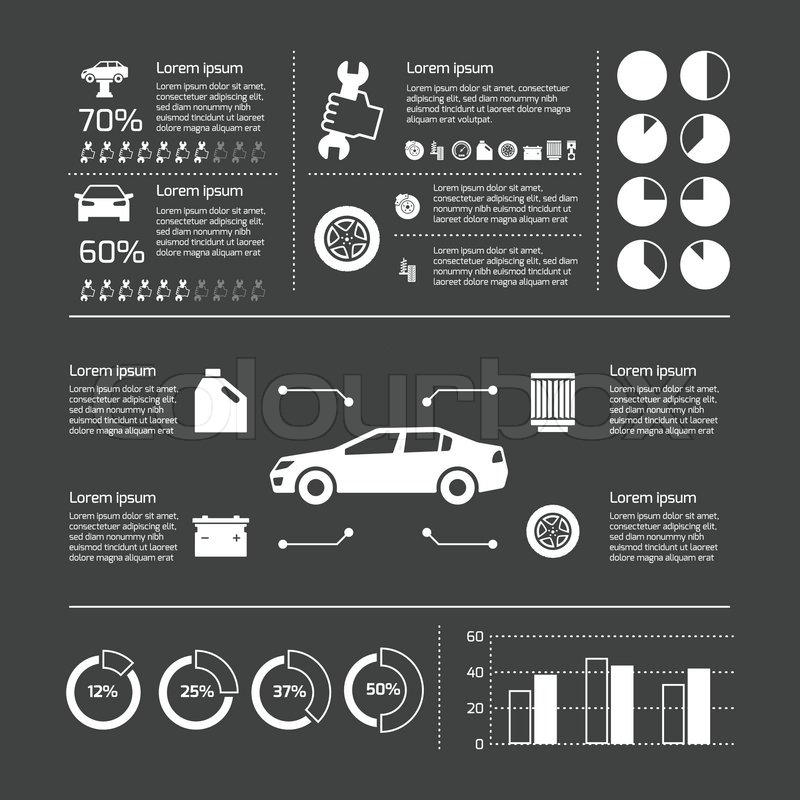Understanding The Definition Behind Your Vehicle'S Caution Lights: A Comprehensive Look
Understanding The Definition Behind Your Vehicle'S Caution Lights: A Comprehensive Look
Blog Article
Short Article By-Vinson Corbett
When you're behind the wheel, those beautiful warning lights on your control panel can be a little bit bewildering. Do you recognize what they're trying to inform you concerning your vehicle's health and wellness? Understanding Fleet Management Service of these lights is essential for your safety and security and the longevity of your car. So, the next time one of those lights turns up, wouldn't you want to analyze its message properly and take the required steps to address it?
Common Caution Lights and Interpretations
Determine common warning lights in your cars and truck and comprehend their significances to ensure secure driving.
One of the most regular warning lights consist of the check engine light, which signifies problems with the engine or exhausts system. If this light begins, it's essential to have your car examined without delay.
The oil stress alerting light shows reduced oil pressure, needing immediate attention to stop engine damages.
A blinking battery light could suggest a faulty charging system, potentially leaving you stranded if not attended to.
The tire stress monitoring system (TPMS) light alerts you to low tire stress, influencing lorry security and fuel efficiency. Overlooking this might bring about unsafe driving conditions.
The ABS light suggests an issue with the anti-lock stopping system, endangering your capacity to stop swiftly in emergency situations.
Finally, the coolant temperature level cautioning light warns of engine getting too hot, which can lead to extreme damages otherwise fixed swiftly.
Comprehending these usual warning lights will certainly help you address problems without delay and keep secure driving conditions.
Relevance of Prompt Interest
Recognizing the usual warning lights in your vehicle is just the first step; the significance of without delay addressing these warnings can't be highlighted enough to ensure your safety when traveling.
When a warning light illuminates on your control panel, it's your auto's means of interacting a possible concern that requires attention. Disregarding these warnings can lead to a lot more extreme problems down the road, jeopardizing your safety and possibly costing you a lot more out of commission.
Trigger focus to warning lights can stop malfunctions and accidents. As an example, a flashing check engine light might indicate a misfire that, if left ignored, could trigger damages to the catalytic converter. Addressing this without delay can conserve you from an expensive repair service.
Similarly, a brake system warning light may indicate reduced brake fluid or used brake pads, essential elements for your safety and security when driving.
DIY Troubleshooting Tips
If you observe a caution light on your dashboard, there are a few DIY troubleshooting pointers you can try before looking for expert assistance.
The primary step is to consult your vehicle's handbook to understand what the specific warning light indicates. In some cases the problem can be as straightforward as a loose gas cap causing the check engine light. Tightening up the gas cap may solve the issue.
An additional common concern is a reduced battery, which can set off different cautioning lights. Checking the battery links for rust and guaranteeing they're safe and secure could repair the issue.
If a warning light continues, you can attempt resetting it by detaching the car's battery for a couple of minutes and after that reconnecting it. Furthermore, examining https://brake17395.blogproducer.com/38715157/a-step-by-step-process-for-cleaning-and-protecting-your-car-s-inside , such as oil, coolant, and brake fluid, can assist repair cautioning lights related to these systems.
Verdict
In conclusion, understanding your automobile's warning lights is crucial for maintaining your vehicle running efficiently and safely. By immediately resolving these notifies and recognizing what they imply, you can stay clear of pricey fixings and potential breakdowns.
Keep in mind to consult your car's manual for particular details on each alerting light and do something about it accordingly to guarantee a hassle-free driving experience.
Keep notified, remain safe on the road!
